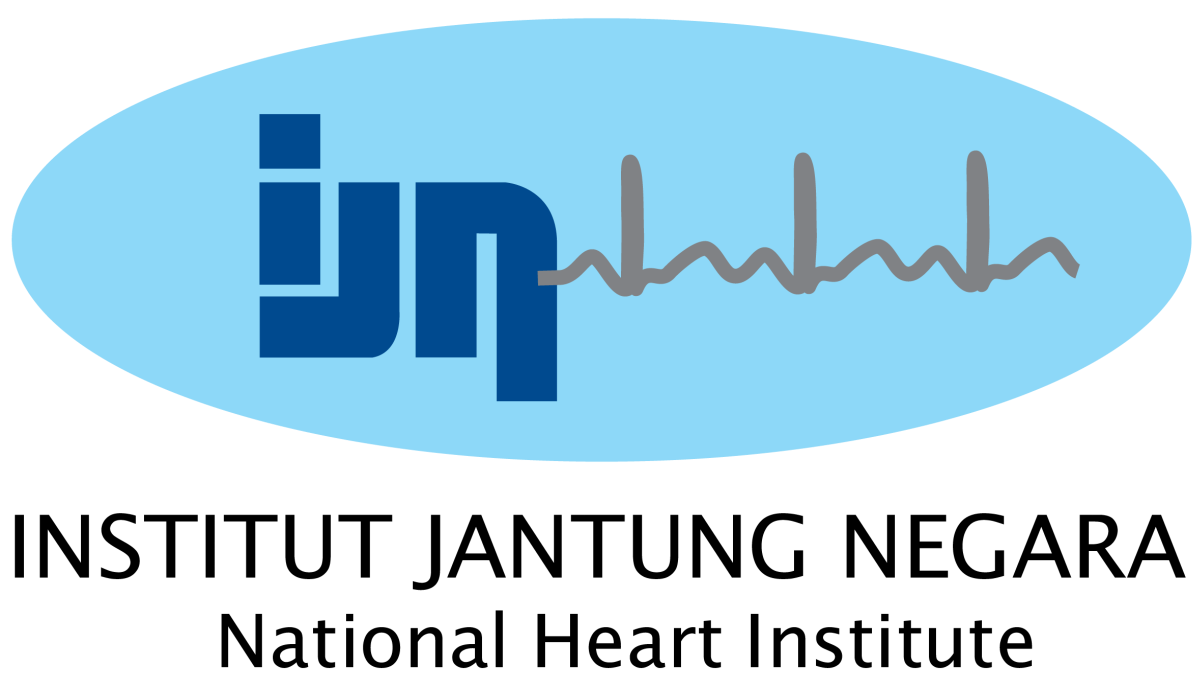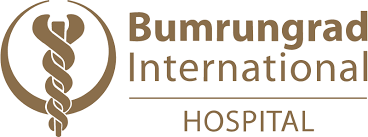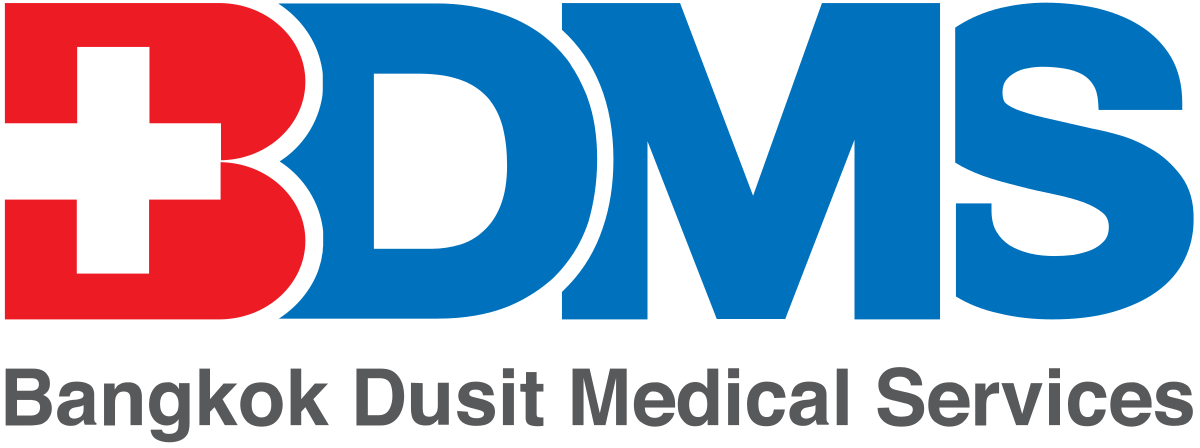

Endoscopy, Gastroscopy & Colonoscopy screening
We are offering Endoscopy, Gastroscopy & Colonoscopy screening in Singapore. If you are feeling or experiencing stomach aches, We highly advise you to look for a specialised clinic that offers a reasonable cost for Colonoscopy & Gastroscopy in Singapore and also examines colonoscopy screening.
In Singapore Gastroscopy & Endoscopy is a procedure introduced into the body which performs in a dedicated purpose-built Endoscopy Center or an operating theater. Dr. Jaideep Raj Rao is a Gastroenterologist & specialises in endoscopy surgery in Singapore. Find out more related to Endoscopy & Colonoscopy cost in Singapore.
What is Gastroscopy?
In Singapore, Gastroscopy is a procedure where a thin, flexible tube called an endoscope is used to look inside the oesophagus (gullet), stomach, and first part of the small intestine (duodenum).
It’s also sometimes referred to as an upper gastrointestinal endoscopy.
The endoscope has a light and a camera at one end. The camera sends images of the inside of your oesophagus, stomach, and duodenum to a monitor.
Why A Gastroscopy May Be Used?
A gastroscopy can be used to:
- investigate problems such as difficulty swallowing (dysphagia) or persistent abdominal (tummy) pain
- diagnose conditions such as stomach ulcers or gastro-oesophageal reflux disease (GORD)
- treat conditions such as bleeding ulcers, a blockage in the oesophagus, non-cancerous growths (polyps), or small cancerous tumours
A gastroscopy used to check symptoms or confirm a diagnosis is known as a diagnostic gastroscopy. A gastroscopy used to treat a condition is known as a therapeutic gastroscopy.
In Singapore, Gastroscopy services recommended for those who have frequently ached into the stomach & small intestine and they have a complete range of equipment and advance treatment for Gastroscopy.
What is the Gastroscopy Procedure ?
A gastroscopy often takes less than 15 minutes, although it may take longer if it’s being used to treat a condition.
It’s usually carried out as an outpatient procedure, which means you won’t have to spend the night in the hospital.
Before the procedure, your throat will be numbed with a local anesthetic spray. You can also choose to have a sedative if you prefer. This means you will still be awake but will be drowsy and have reduced awareness about what’s happening.
The doctor carrying out the procedure will place the endoscope in the back of your mouth and ask you to swallow the first part of the tube. It will then be guided down your oesophagus and into your stomach.
The procedure shouldn’t be painful, but it may be a bit unpleasant or uncomfortable at times.
What Are The Risks?
A gastroscopy is a very safe procedure, but like all medical procedures it does carry a risk of complications.
Possible complications though extremely rare that can occur include:
- a reaction to the sedative, which can cause problems with your breathing, heart rate and blood pressure
- internal bleeding
- tearing (perforation) of the lining of your oesophagus, stomach or duodenum
What is Colonoscopy?
In Singapore Colonoscopy is the best procedure that enables the doctor to evaluate the inside of the colon (large intestine or large bowel). The colonoscope is a four-foot-long, flexible tube about the thickness of a finger with a camera and a source of light at its tip. The tip of the colonoscope is inserted into the anus and then is advanced slowly, under visual control, into the rectum and through the colon usually as far as the cecum, which is the first part of the colon. Usually, it also is possible to enter and examine the last few inches of the small intestine (terminal ileum).
Why Is Colonoscopy Done?
Colonoscopy may be done for a variety of reasons. The vast majority of colonoscopies are performed as part of screening programs to diagnose colon cancer. When done for other reasons, it is most often done to investigate the cause of blood in the stool, abdominal pain, diarrhea, a change in bowel habit or an abnormality found on colonic X-rays or computerised axial tomography (CT) scan.
Individuals with a previous history of polyps or colon cancer and certain individuals with a family history of some types of non-colonic cancers or colonic problems that may be associated with colon cancer (such as colonic polyps) may be advised to have periodic colonoscopies because their risks are greater for polyps or colon cancer.
What Bowel Preparation Is Needed For Colonoscopy?
If the procedure is to be complete and accurate, the colon must be completely cleaned and there are several different colonoscopy preparations. Patients are given detailed instructions about the cleansing preparation. In general, this consists of drinking a large volume of a special cleansing solution a day before examination and laxatives or enemas prior to the examination. These instructions should be followed exactly as prescribed or the procedure may be unsatisfactory (visualisation of the lining of the colon may be obscured by residual stool) and it may have to be repeated or a less accurate alternative test must be performed in its place.
Instructions may also be given to avoid certain foods for a couple of days prior to the procedure, such as stringy foods, high fibre foods or foods with seeds.
Can I Take My Medications Before A Colonoscopy? Is There A Special Diet?
Most medications should be continued as usual, but some may interfere with the examination. It is best if the colonoscopist is informed of all current prescription and over-the-counter medications. Aspirin products, blood thinners such as warfarin (Coumadin), arthritis medications, insulin and iron preparations are examples of medications that may require special instructions. The colonoscopist will also want to be aware of a patient’s allergies and any other major illnesses. The colonoscopist should be alerted if, in the past, patients have required antibiotics prior to surgical or dental procedures to prevent infections.
What Should I Expect During Colonoscopy?
Prior to colonoscopy, intravenous fluids are started, and the patient is placed on a monitor for continuous monitoring of heart rhythm and blood pressure as well as oxygen in the blood. Medications (sedatives) usually are given through an intravenous line so the patient becomes sleepy and relaxed and to reduce pain. If needed, the patient may receive additional doses of medication during the procedure. Colonoscopy often produces a feeling of pressure, cramping, and bloating in the abdomen; however, with the aid of medications, it is generally well-tolerated and infrequently causes severe pain.
Patients will lie on their left side or back as the colonoscope is slowly advanced. Once the tip of the colon (cecum) or the last portion of the small intestine (terminal ileum) is reached, the colonoscope is slowly withdrawn and the lining of the colon is carefully examined. Colonoscopy usually takes 15 to 60 minutes. If the entire colon, for some reason, cannot be visualised, the physician may decide to try colonoscopy again at a later date with or without a different bowel preparation or may decide to order an X-ray or CT of the colon.
What If There Are Abnormalities Detected During Colonoscopy?
If an abnormal area needs to be better evaluated, a biopsy forceps can be passed through a channel in the colonoscope and a biopsy (a sample of the tissue) can be obtained. The biopsy is submitted to the pathology laboratory for examination under a microscope by a pathologist. If infection is suspected, a biopsy may be obtained for culturing of bacteria (and occasionally viruses or fungus) or examination under the microscope for parasites. If colonoscopy is performed because of bleeding, the site of bleeding can be identified, samples of tissue obtained (if necessary), and the bleeding controlled by several means. Should there be polyps, (benign growths that can become cancerous) they almost always can be removed through the colonoscope. Removal of these polyps is an important method of preventing colon and rectal cancer, although the great majority of polyps are benign and do not become cancerous. None of these additional procedures typically produces pain. Biopsies are taken for many reasons and do not necessarily mean that cancer is suspected.
What Should I Expect When My Colonoscopy Is Done?
Patients will be kept in an observation area for an hour or two post-colonoscopy until the effects of medications that have been given wear off. If patients have been given sedatives before or during colonoscopy, they may not drive, even if they feel alert. Someone else must drive them home since their reflexes and judgment may be impaired for the rest of the day, making it unsafe to drive, operate machinery or make important decisions. Should patients have some cramping or bloating, this can be relieved quickly with the passage of gas and they should be able to eat upon returning home. After the removal of polyps or certain other manipulations, the diet or activities of patients may be restricted for a brief period of time.
Prior to the patient’s departure from the coloscopic unit, the findings can be discussed with the patient. However, at times, a definitive diagnosis may have to wait for a microscopic analysis of biopsy specimens, which usually takes a few days.
What Are The Possible Risks, Complications, Or Alternatives To Colonoscopy?
Complications of colonoscopy are rare and usually minor when performed by physicians who have been specially trained and are experienced in colonoscopy.
Bleeding may occur at the site of biopsy or removal of polyps, but the bleeding usually is minor and self-limited or can be controlled through the colonoscope. It is quite unusual to require transfusions or surgery for post-colonoscopic bleeding. An even less common complication is a perforation or a tear through the colonic wall, but even these perforations may not require surgery.
Other potential complications are reactions to the sedatives used, localised irritation to the vein where medications were injected (leaving a tender lump lasting a day or two) or complications from existing heart or lung disease. The incidence of all of these complications together is less than 1%.
While these complications are rare, it is important for patients to recognise early signs of a complication so that they may return to their physicians or an emergency room. The colonoscopist who performed the colonoscopy should be contacted if a patient notices severe abdominal pain, rectal bleeding of more than half a cup or fever and chills.
Colonoscopy is the best method available to detect, diagnose and treat abnormalities within the colon. The alternatives to colonoscopy are quite limited. Barium enema is a less accurate test performed with X-rays. It misses abnormalities more often than colonoscopy and, if an abnormality is found, a colonoscopy still may be required to biopsy or remove the abnormality. At times, an abnormality or lesion detected with a barium enema is actually stool or residual food in a poorly cleansed colon. Colonoscopy may then be necessary to clarify the nature of the lesion. Flexible sigmoidoscopy is a limited examination that uses a shorter colonoscope and examines only the last one-third of the colon.
What Is Virtual Colonoscopy?
An alternative to colonoscopy is virtual colonoscopy. Virtual colonoscopy is a technique that uses CT scanning to obtain images of the colon that are similar to the views of the colon obtained by direct observation through colonoscopy. The images are constructed using the CT images so they do not represent true images. They are virtual images.
In preparation for virtual colonoscopy, the day before the examination, the colon is cleaned out using laxatives. During the examination a tube is inserted into the anus and is used to inject air into the colon. The CT scans then are performed with the colon inflated and the scans are analysed and manipulated to form a virtual image of the colon. When properly performed, virtual colonoscopy can be effective. It can even find polyps “hiding” behind folds that occasionally are missed by colonoscopy.
Nevertheless, virtual colonoscopy has several limitations.
- Virtual colonoscopy has difficulty identifying small polyps (less than 5 mm in size) that are easily seen at colonoscopy though it is true that small polyps are less likely to be cancerous.
- Virtual colonoscopy has great difficulty identifying flat cancers or premalignant lesions that are not protruding, that is, are not polyp-like.
- Virtual colonoscopy does not allow removal of polyps that are found. Thirty to forty percent of people have colon polyps. If polyps are found by virtual colonoscopy, then colonoscopy must be done to remove the polyps. Therefore, many individuals having virtual colonoscopy will have to undergo a second procedure, colonoscopy.
- Virtual colonoscopy exposes individuals to a moderate amount of radiation.
- Virtual colonoscopy does not allow the use of the newer techniques that are being developed to differentiate between abnormal lesions that need to be biopsied or removed and those that don’t.
Because of these limitations, virtual colonoscopy has not replaced colonoscopy as the primary screening tool for individuals at increased risk for polyps or colon cancer. It is currently an option for individuals at normal risk for polyps and colon cancer who cannot or will not undergo colonoscopy
Related Doctors:
Location
Mount Elizabeth Novena Hospital













